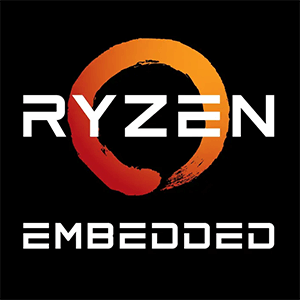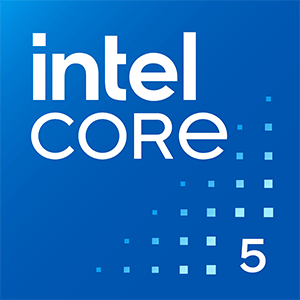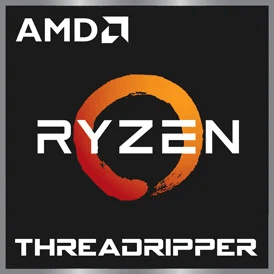Intel Core i5 8500 vs Intel Core i3 1215U
We compared the desktop Intel Core i5 8500 with 6 cores 3.0GHz and the laptop Intel Core i3 1215U with 6 cores 1.2GHz . You will find out which processor performs better in benchmark tests, key specifications, power consumption and more.
Main Differences
Intel Core i5 8500 's Advantages
Higher base frequency (3.0GHz vs 1.2GHz)
Intel Core i3 1215U 's Advantages
Released 3 years and 10 months late
Better graphics card performance
Higher specification of memory (5200 vs 2666)
Larger memory bandwidth (76.8GB/s vs 41.6GB/s)
Newer PCIe version (4.0 vs 3.0)
Larger L3 cache size (10MB vs 9MB)
More modern manufacturing process (10nm vs 14nm)
Lower TDP (15W vs 65W)
Score
Benchmark
Cinebench R23 Single Core
Intel Core i5 8500
1051
Intel Core i3 1215U
+50%
1581
Cinebench R23 Multi Core
Intel Core i5 8500
5502
Intel Core i3 1215U
+4%
5768
Geekbench 6 Single Core
Intel Core i5 8500
1372
Intel Core i3 1215U
+19%
1640
Geekbench 6 Multi Core
Intel Core i5 8500
+44%
5468
Intel Core i3 1215U
3776
Blender
Intel Core i5 8500
+27%
98
Intel Core i3 1215U
77
Geekbench 5 Single Core
Intel Core i5 8500
1022
Intel Core i3 1215U
+53%
1572
Geekbench 5 Multi Core
Intel Core i5 8500
4846
Intel Core i3 1215U
+23%
5963
Passmark CPU Single Core
Intel Core i5 8500
2460
Intel Core i3 1215U
+38%
3408
Passmark CPU Multi Core
Intel Core i5 8500
9561
Intel Core i3 1215U
+18%
11350
General Parameters
Apr 2018
Release Date
Feb 2022
Intel
Manufacturer
Intel
Desktop
Type
Laptop
x86-64
Instruction Set
x86-64
Coffee Lake
Core Architecture
Alder Lake-U
i5-8500
Processor Number
i3-1215U
LGA-1151
Socket
BGA-1744
UHD Graphics 630
Integrated Graphics
UHD Graphics (64EU)
Package
14 nm
Manufacturing Process
10 nm
65 W
Power Consumption
15 W
100 °C
Peak Operating Temperature
100 °C
CPU Performance
6
Performance Cores
2
6
Performance Core Threads
-
3.0 GHz
Performance Core Base Frequency
1.2 GHz
4.1 GHz
Performance Core Turbo Frequency
4.4 GHz
-
Efficiency Cores
4
6
Total Core Count
6
6
Total Thread Count
8
100 MHz
Bus Frequency
100 MHz
30x
Multiplier
12x
64 K per core
L1 Cache
80 K per core
256 K per core
L2 Cache
1280 K per core
9 MB shared
L3 Cache
10 MB shared
No
Unlocked Multiplier
No
Memory Parameters
DDR4-2666
Memory Types
DDR5-4800, DDR4-3200, LPDDR5-5200, LPDDR4x-4267
128 GB
Max Memory Size
64 GB
2
Max Memory Channels
2
41.6 GB/s
Max Memory Bandwidth
76.8 GB/s
No
ECC Memory Support
No
Graphics Card Parameters
true
Integrated Graphics
true
350 MHz
GPU Base Frequency
300 MHz
1100 MHz
GPU Max Dynamic Frequency
1100 MHz
192
Shader Units
512
24
Texture Units
32
3
Raster Operation Units
16
24
Execution Units
64
15 W
Power Consumption
45 W
4096x2304 - 60 Hz
Max Resolution
-
0.38 TFLOPS
Graphics Performance
1.43 TFLOPS
Miscellaneous
3.0
PCIe Version
4.0
16
PCIe Lanes
20
SSE4.1, SSE4.2, AVX-2
Extended Instruction Set
-










